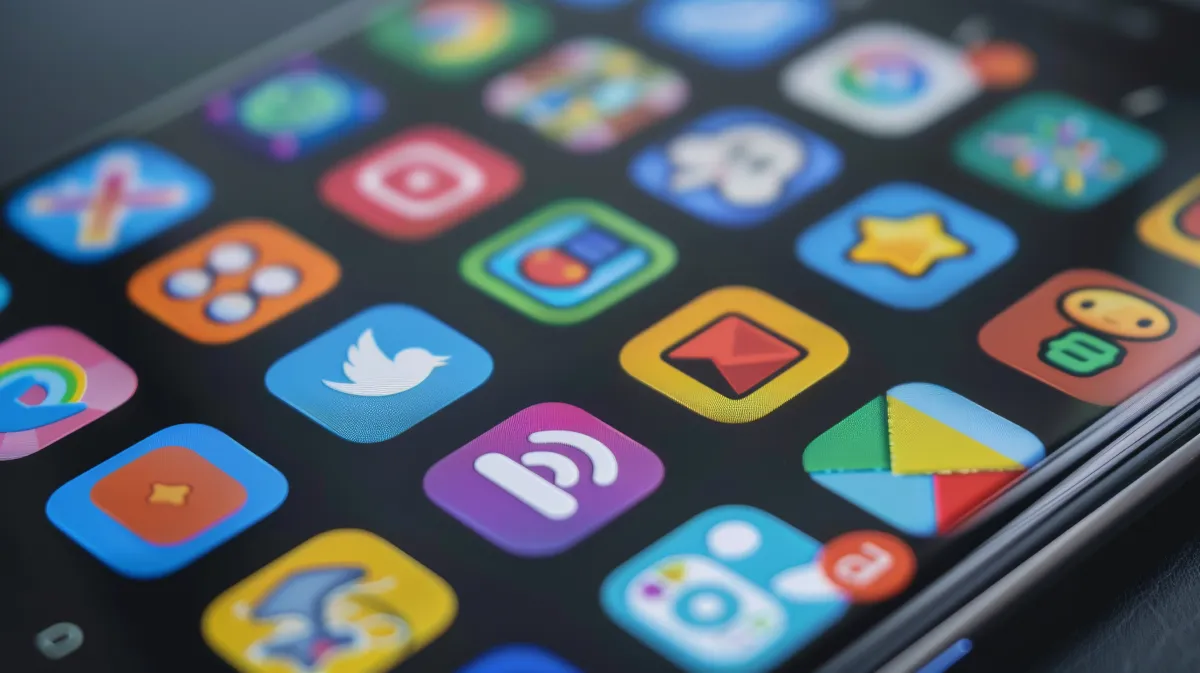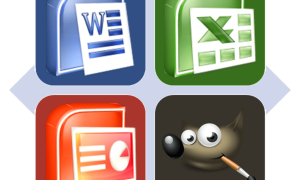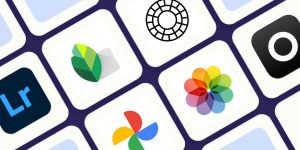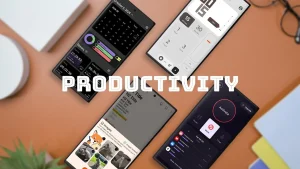Our lives are more connected than ever. Whether you’re a tech enthusiast exploring the latest gadgets, a digital nomad running projects on the go, or a small business owner managing operations, optimizing your devices is key to staying productive and efficient. But with countless software and apps available, how do you choose the right ones?
This guide will walk you through the importance of device optimization, recommend software and apps for various needs, and provide actionable tips to enhance your device’s performance.
Why Device Optimization Matters
A well-optimized device isn’t just a luxury anymore—it’s a necessity. Here’s why:
- Efficiency Gains: Fast, well-maintained devices lead to smoother workflows and reduced downtime.
- Cost Savings: Prolonging your device’s lifespan through optimization reduces the need for frequent upgrades.
- Enhanced Security: Updated software and robust security measures protect your data from breaches.
- Improved Productivity: Selecting the right apps ensures you have the tools to handle tasks effectively.
Whether you’re brainstorming new initiatives, coordinating across time zones, or crunching financials, a streamlined device setup can be the difference between good and great work.
Understanding Your Needs
Before you dive into optimizing your device, it’s essential to recognize your unique requirements. Are you:
- A Tech Enthusiast? You likely enjoy testing cutting-edge software and experimenting with features.
- A Digital Nomad? Portability, offline functionality, and reliable tools are likely non-negotiables for you.
- A Small Business Owner? Efficient project management, secure financial software, and seamless communication tools probably top your list.
Customizing your approach based on your needs ensures you’re not wasting time or resources on unnecessary tools.
Best Software and Apps for Productivity
These are some of the top-rated software and apps categorized to help you supercharge your productivity:
1. Time Management
Managing your time effectively can significantly boost productivity. Here are a few apps to consider:
- Trello: A visual task management tool ideal for organizing personal and team projects.
- Todoist: A simple yet powerful app to track daily tasks and deadlines.
- Clockify: A time tracker to monitor how much time is spent on each task.
2. Communication
Clear and reliable communication is key for collaboration:
- Slack: Perfect for team chats, project threads, and file sharing.
- Zoom: A robust solution for video conferencing and virtual meetings.
- Microsoft Teams: Combines video calls, messaging, and collaborative tools in one place.
3. Project Management
Whether you’re managing a team or planning an initiative, these tools deliver:
- Asana: Designed for tracking work and progress with ease.
- Monday.com: Visually appealing and intuitive project management software.
- ClickUp: Offers a comprehensive suite of features like task prioritization, time tracking, and goal-setting.
4. File Management
Efficiently store, organize, and access your files:
- Google Drive: Store files in the cloud and collaborate in real-time with teammates.
- Dropbox: Seamless file sharing and backup solutions.
- Evernote: A digital workspace for note-taking and managing creative ideas.
5. Marketing and Content Creation
Software for branding, advertising, and creation:
- Canva: User-friendly graphic design software packed with templates for any project.
- Hootsuite: Schedule and monitor social media posts for enhanced online communication.
- Grammarly: Improve your writing with unmatched proofreading and style tips.
6. Financial Tools
Streamlined money management for individuals and businesses:
- QuickBooks: Comprehensive accounting software for small businesses.
- Expensify: Simplifies expense tracking and reimbursement processes.
- FreshBooks: Easy-to-use invoicing and financial reporting tools.
Choosing the Right Apps for Your Needs
With so many options, how do you choose the best software for your needs? Consider these factors:
- Compatibility: Ensure the software works seamlessly across your devices (e.g., Windows, Mac, Android, iOS).
- Features You Need: Avoid apps with unnecessary extras. Stick to tools that align directly with your needs.
- Reviews and Ratings: Read real user reviews to get a sense of the app’s performance.
- Price vs. Value: Some apps offer free versions, while others are paid. Evaluate what fits your budget without compromising on quality.
- User Interface: Choose apps that are intuitive and easy to use for minimal learning curves.
Tips to Optimize Device Performance
Once you have the right software suite, it’s time to keep your device running at its best. Here are some simple yet effective ways to optimize its performance:
1. Regular Maintenance
- Delete unused software and files to free up storage.
- Organize files into folders for easier access.
- Use tools like CCleaner to clear cache and temporary files.
2. Update Software
- Always keep your tools and operating system updated for improved security and functionality.
- Enable auto-updates where possible, so you don’t miss out on improvements.
3. Invest in Security
- Install trusted antivirus software to guard against malware and phishing threats.
- Use VPNs for secure browsing, especially on public Wi-Fi.
- Set up two-factor authentication on essential apps.
4. Enhance Device Performance
- Uninstall background-running programs that drain memory and power.
- Restart your device regularly to clear temporary processes.
- Use optimization features provided by your operating system or device manufacturer.
5. Back-Up Your Files
- Ensure regular backups of critical data using cloud services like OneDrive or Google Drive.
- External hard drives are also a fail-safe for precious files.
Real-Life Examples of Device Optimization
Still wondering if these steps make a difference? Here are a few real-world scenarios:
- Beth, Digital Nomad: After integrating time management apps like Clockify and task organizers like Todoist, Beth reduced her time spent on admin tasks by 30%—spending those extra hours creating content instead.
- Mark, Small Business Owner: Switching to cloud-based file management tools transformed the way Mark’s team collaborated. Working remotely became seamless, with Dropbox acting as the hub for his distributed workforce.
A Better Device Means a Better You
Optimizing your device is more than just fine-tuning settings—it’s about creating an ecosystem that supports your efficiency, creativity, and overall success. Whether you’re chasing tight deadlines, launching a new initiative, or planning next month’s travel, the right tools can be your ultimate allies.
Have you tried any of these strategies or software before? We’d love to hear! Share your tips and experiences in the comments below—your insights could inspire others to level up their devices, too.




